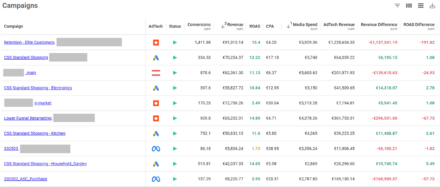HubSpot Marketing Attribution: A Forward Step or a Backward One?

Accurate marketing attribution – figuring out exactly which marketing investments are driving revenue, and by how much – is the Holy Grail for marketers. Armed with accurate data, they can claim, as politicians often do, ‘to be guided by the science’. If they can link marketing investment directly to revenue by referencing that science, it’s a strong argument when pitching for marketing budgets.
But, as we’ve seen during these pandemic days, ‘the science’ is not always right. Data models fail when fed with inaccurate data. And artificial intelligence algorithms reach misleading conclusions if they’re founded upon false assumptions. That’s why to date, marketers are failing to find the value they expect from marketing data in general and marketing attribution platforms in particular.
Analyst firm, Gartner, sub-titled its ‘Marketing Data and Analytics Survey 2020’, “Optimism persists as results fall short of expectation.” And QueryClicks’s June 2019 survey of 200 marketers in the retail industry confirmed that disappointment is rife regarding marketing attribution. Its report, dubbed ‘Attribution: Digital Marketing’s Broken Promise’, revealed that:
“Unreliable or false attribution leaves almost 90% of marketers afraid to invest in activities with any kind of long-term payback because of their inability to prove the value.”
So, when HubSpot, the company behind a sales and marketing platform that claimed to have 73,483 customers in over 100 countries as of December 31, 2019, announced its marketing attribution module, it seemed to be worth a look. Here’s what we found.
What does HubSpot’s marketing attribution module do?
First, a little background. HubSpot consists of four main modules:
- a marketing automation hub
- a sales hub or CRM
- a customer service hub
- a content management hub.
The first three are offered with both free and paid plans, the last one only comes in a paid version.
Marketing attribution is part of HubSpot’s custom reporting functionality. The technique it employs is called ‘Multi-touch Revenue Attribution’, which means that it doesn’t just allocate all revenue to the last click that leads to a conversion. A conversion is marketing jargon for someone placing an order or taking some other desired action, perhaps completing an online form to access a PDF document for download. The action can be from an existing customer or a new one.
Multi-touch attribution has been around for a long time – more on that in a minute. It seeks to attribute revenue across each interaction a customer has with your brand. Each interaction occurs at a touchpoint, hence the multi-touch attribution terminology.
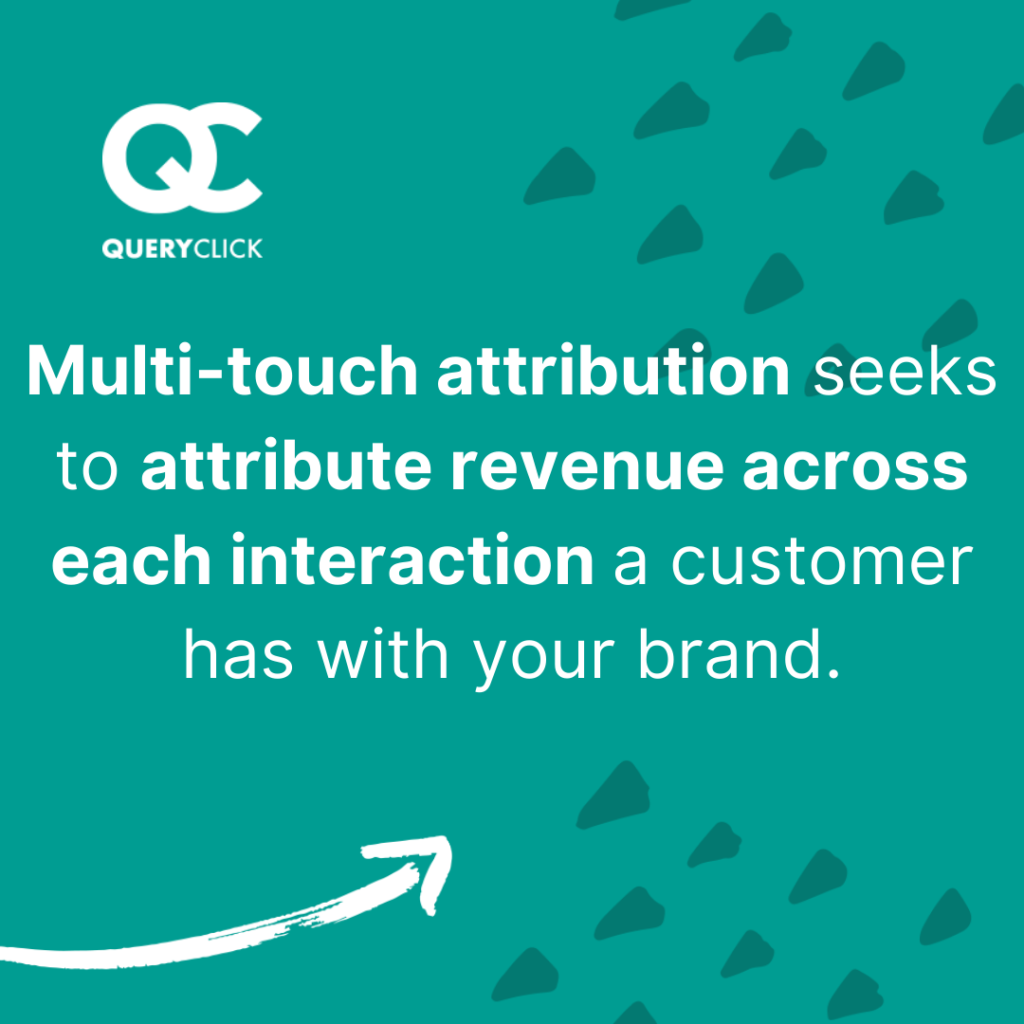
Where HubSpot marketing attribution differs from other models is that it has its own definition of key touchpoints:
- first interaction
- lead generation
- deal creation
- and won.
HubSpot defines a lead as anyone who converts on a form, blog subscriptions excluded. It defines a deal as the point at which a contact does something that could end up as revenue, like requesting a meeting or call. All other touchpoints are classified as ‘middle’.
As mentioned earlier, the concept of multi-touch attribution has been around for decades. Several rules-based models have been established for it, and the HubSpot offering, which is described in this blog post by, Nakul Kadaba, one of the platform’s users, allows you to adopt, compare, and present results from six such models: first interaction, last interaction, full-path, linear, U-shaped, and W-shaped.
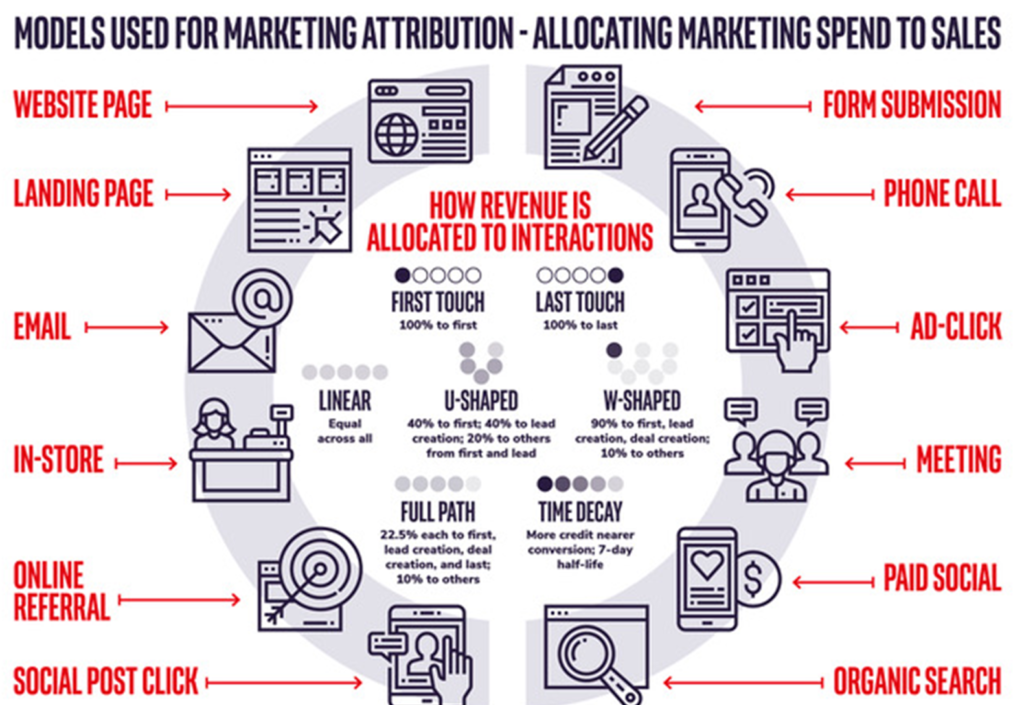
In all of these models, as in other multi-touch attribution tools, a percentage of the deal revenue is pre-allocated to each touchpoint. The percentages vary depending on the chosen model. This is one clue as to the limitations of all rules-based tools. The percentages are pure guesswork.
So, rather than using the tool to determine what’s driving revenue, you end up trying to find the model that matches your revenue pattern most closely and presenting the results as evidence of marketing ROI. The chances are that next month, when the level of competitor activity in various channels has changed, and you’ve changed your campaigns and channel mix, a different model may offer the closest fit.
Who is going to be convinced by your ROI claims when you have to adopt a new model each time to make your case?
Pixels aren’t people… and other limitations
There are a few other issues to consider too. The data that HubSpot uses for attribution comes from cookies and tracking pixels. A cookie is a piece of data that your browser stores when you visit a website. Amongst other things, they help companies track your browsing activity and target advertising at you. You can read more about cookies here.
Tracking pixels are tiny 1×1 graphics embedded in your website’s HTML code or promotional email. They’re linked to a pixel server and can reveal a lot of information about your website visitors or email recipients. Such information includes their operating system, the timing of the touchpoint, their IP address, what they did on your site when they visited, and even their screen resolution.
Now think about the realities of the customer journey. The way HubSpot marketing attribution works, it’s measuring what’s happening in a browser. Your customers don’t always use the same browser, or the same computer, or the same smartphone. Pixels aren’t people. And several people in a household or office may use the same computer. Once again, you’re tracking browser activity, not the journey of the person behind the browser.
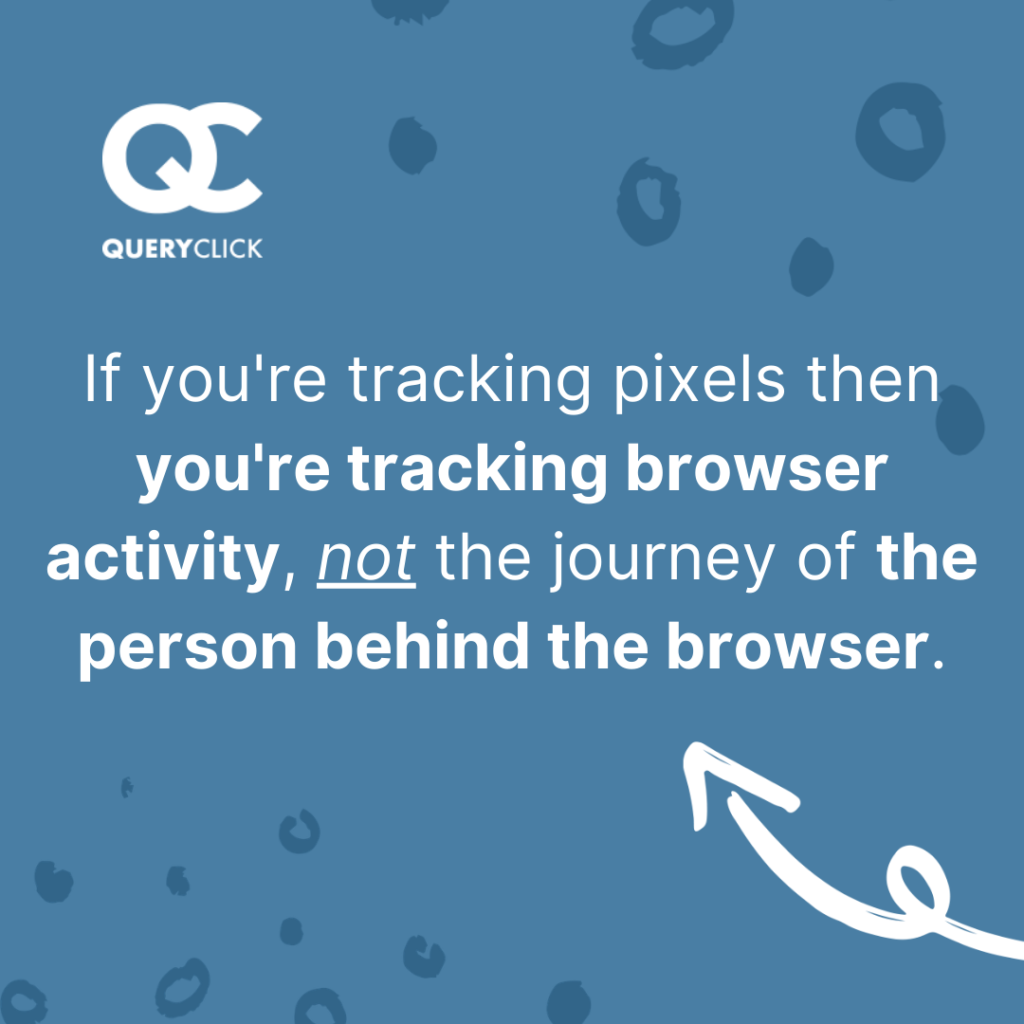
Even tools like Google Analytics struggle to deliver accurate raw digital data, in part because of the challenge of stitching together the multiple online sessions that users go through before making a purchasing decision. The study mentioned earlier, based on attribution data used by major UK retailers, found that up to 80% of the raw data was flawed. However good your attribution model appears to be, rubbish in equals rubbish out.
Poor quality data is hurting your attribution… find out why.
Incidentally, the phrases ‘first touch attribution’ and ‘last touch attribution’, two elements of the HubSpot offering, are contradictions in terms. If you credit all revenue to either of these touchpoints, it means that no other activity contributed to revenue in any way, which is illogical and wrong. What’s more, if your business does no marketing at all, it will still generate revenue, if only from repeat customers. What you really need to establish are the incremental effects of marketing campaigns and channels on revenue.
Not everything you measure is important, and not everything that’s important gets measured
HubSpot marketing attribution can provide some indication regarding which campaigns and channels are contributing to revenue. It’s going to be most accurate when tracking what customers do when they are logged into your website, assuming that it is the customer that’s logged in, not someone else using their browser.
With this same limitation on accuracy, clicks for paid social advertising, clicks and impressions for organic social media, PPC advertising clicks, and clicks and impressions for organic inbound traffic and display advertising can also be imported into the tool. The reporting functionality then enables marketers to easily create elegant graphs and charts to support their ROI arguments.
All of this ignores one important thing. Depending on which of many forecasts you believe, offline advertising – including linear TV, print magazines, billboards, and in-store advertisements – still accounts for somewhere between one-third and one-half of all advertising in the UK in 2020. Then there’s offline, earned media coverage from your PR efforts to consider. Product reviews in printed media can have huge impacts on demand generation, as can feature articles, news pieces, and interviews etc.
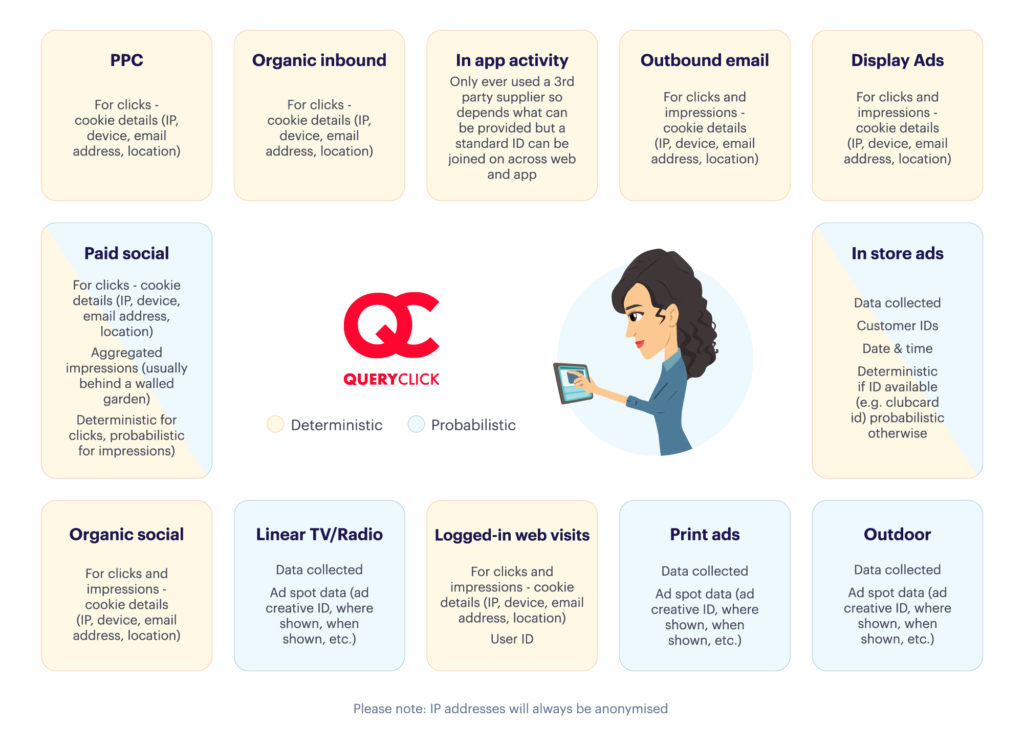
Rules-based marketing attribution models, like HubSpot’s, don’t take any account of how these significant activities affect revenues, either directly – someone picking up a phone to place an order – or through their impact on consumers’ online behaviour. Most of these impacts are much harder to measure than counting clicks and impressions.
Because most offline activity does not produce deterministic effects, AI techniques are now evolving to help marketers understand them. Without offline data being overlaid onto accurate digital data, it’s impossible for marketers to see a single point of truth that represents the customer journey.
In conclusion…
HubSpot’s marketing attribution tool will enable you create neat, graphical reports to help you justify marketing investment, including your job. The accuracy of such reports will depend upon the quality of the raw data, which research has shown is usually rather poor. And, however accurate the analysis of your online marketing, without being able to assess the effects of offline touchpoints, you’re only seeing part of the picture and telling part of the story. The tool is definitely not the Holy Grail, so the hunt goes on.
If you like to understand more about marketing attribution and how artificial intelligence (machine learning and neural networks) are moving the science in a helpful direction, ‘The Complete Guide to Marketing Attribution’ is a good starting point.
The Complete Guide to Marketing Attribution
Own your marketing data & simplify your tech stack.
Have you read?
Chrome’s announcement on dropping cookie opt-in last month closed the door on a 5 year saga for marketers. But what is the landscape like in 2025 for cookie-based measurement?
Generative AI is transforming the way that marketers plan and assemble content for their Paid Ads. As big platforms like Google, Meta and TikTok increasingly build the tools needed to...
In a surprising move that has sparked heated debate, Mark Zuckerberg announced on his Instagram that Meta will be reducing its levels of censorship and in particular fact-checking on its...

